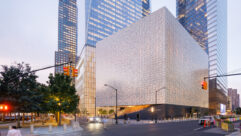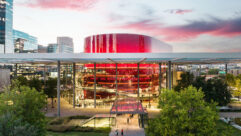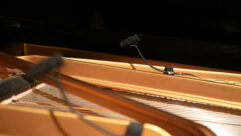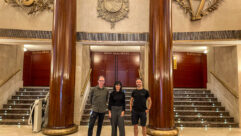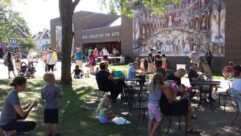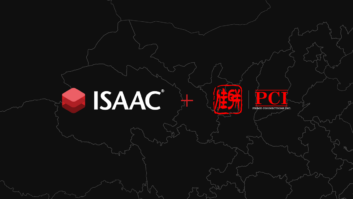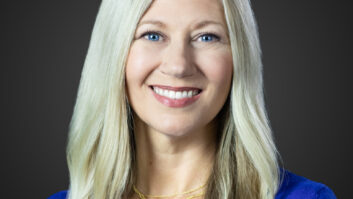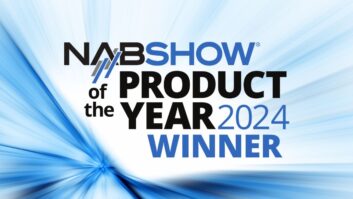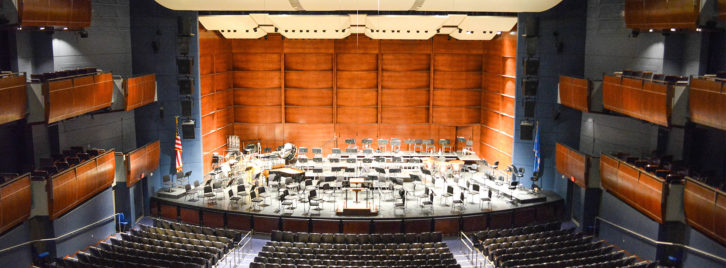

The Thelma Gaylord Performing Arts Center in Oklahoma City has hosted a huge variety of shows but the aging sound system needed to be more flexible. They called in Akustiks in South Norwalk, Connecticut to design an all-new system from the ground up. Jordan Lytle was the project manager and he’s here with the story on this large-scale renovation and redesign.
SVC: First tell us a bit about Akustiks.
Jordan Lytle: Akustiks is a consulting firm that works primarily on concert halls and performing arts centers. There are two sides to our office. The acousticians deal with the room shaping and materials and things like that. I work on the audio/video side and we design the audio systems and video systems that go into these buildings.
From the pictures it looks like the Oklahoma City Civic Center Music Hall is a sizable venue. What was going on and what did they need?
They did their big renovation of the whole building back in the late ‘90s or early 2000s. As their sound system started to age, we’ve gone out there a couple of times to do some checkups and write up some reports for them and develop budgets throughout the years. In any kind of city-owned civic center, they always try to stretch those systems as long as they can. When they started having more and more systems fail on them they took the plunge and did a major upgrade to their entire sound system.
A civic center will have a lot of different types of performances going on and will need a versatile system.
One of the major goals was putting in a system that was a lot more rider-friendly. They do self-produce a lot of stuff, but they also have a lot of tours coming through; primarily Broadway tours. More and more they’re getting first national tours, so they didn’t have the capabilities in-house that they needed for some of these events.
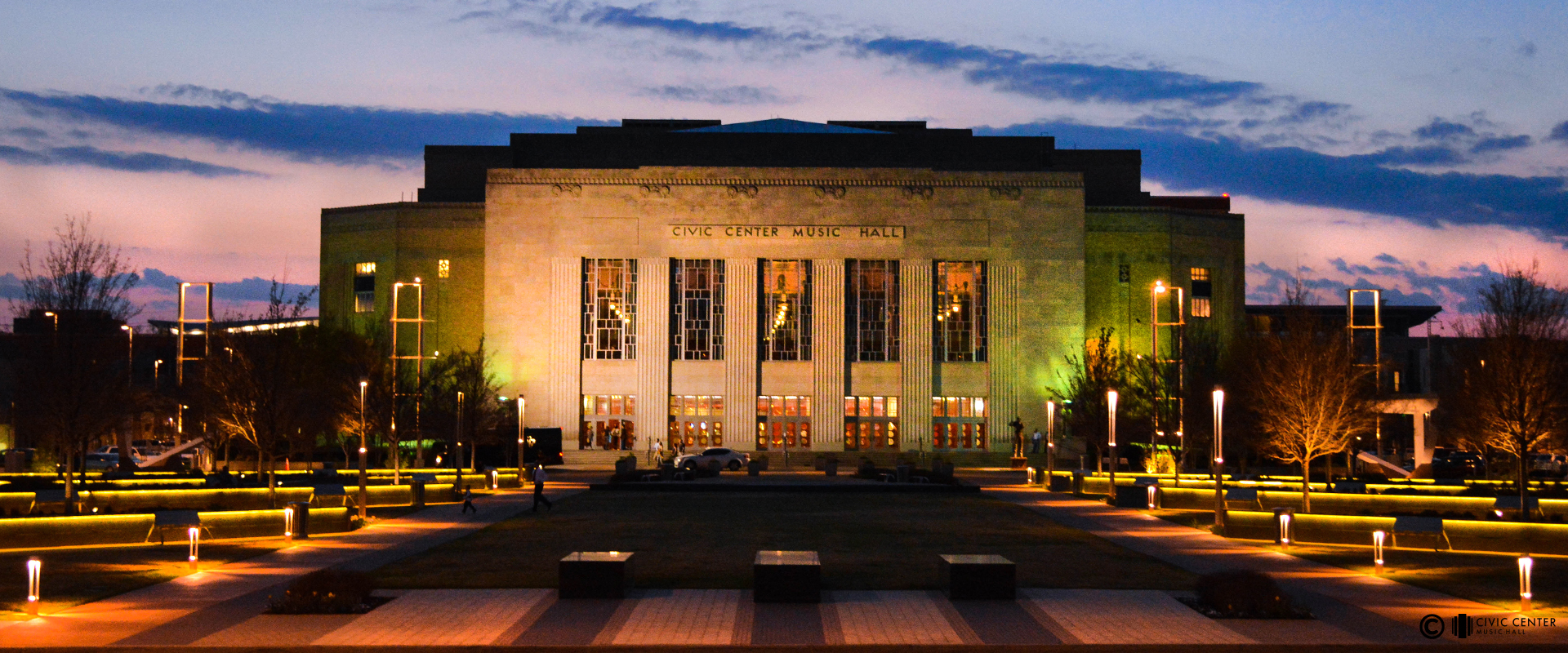
You worked with Hairel Enterprises of Conroe, Texas as the actual installation crew for this?
Yes, that’s correct. We designed and specified everything, then went out to bid and Hairel was the contractor for the project. One of the big challenges for them is the theater continued to have shows and events while the work was going on. So it was really important to have someone we trusted and we knew would work with the client and work with their schedule. And also work with us and not try to get change orders for every little thing. Hairel really worked with a very difficult schedule and they’ve done a great job down there.
This room has almost 2500 seats. How does it sound?
One of the resident companies is the symphony and they are really happy with the sound of the room. They were very adamant that nothing be changed about the acoustics of the room. That said, there are a lot of adjustable acoustics that help for when they do those Broadway tours. The hall is honestly geared toward symphony as far as how it sounds—it’s a little bit reverberant and that was one of the big challenges. What we needed out of this new system was to get a lot more control and especially a lot of low-end control to keep the system really tight. We’ve even talked with them about adding some additional absorption in the future.
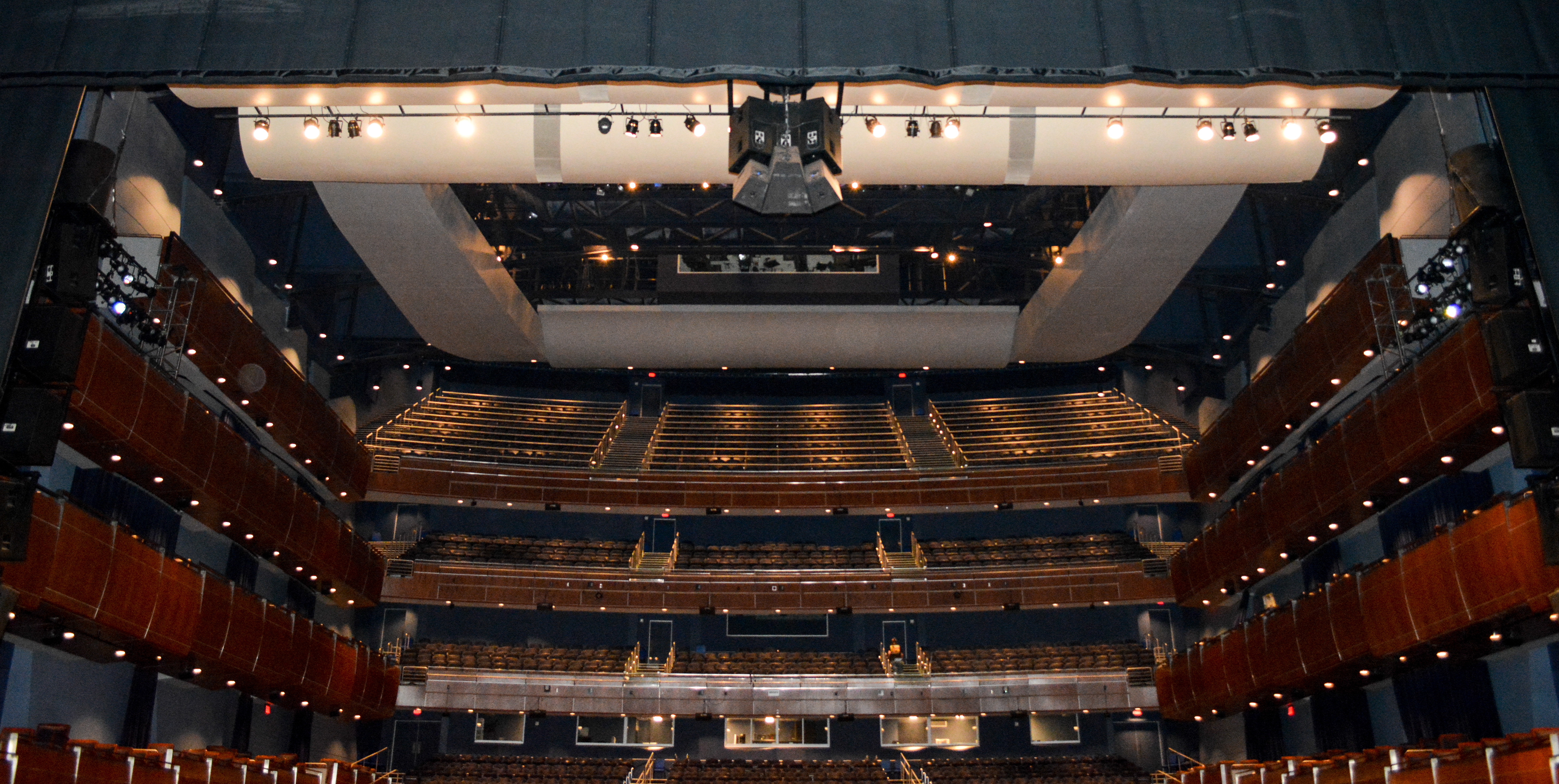
You can do all the careful planning in the world but when you get into the room, things can happen. So what was the first step when you got access to the room?
The venue itself did some of that work; so they removed the main speaker clusters. We left most of the existing infrastructure and wiring and cabling and then we ended up adding a new equipment room to house all the new amplifiers for the system and some additional equipment and networking equipment. We tried to keep it out of the existing spaces so that they could still operate. It also got an amp room that was a lot closer to the speakers.
And so for the main house speakers you specified, I believe it was a d&b audiotechnik line array system.
Yes, that’s correct. Yes. It’s a left-center-right, mostly V8 – the V Series from d&b – and using their processing, which means that you end up having to have a single amplifier channel for every aux.
Why did you choose that line array system?
We’ve worked with them before and this is probably one of the larger installs of the V Series. One of the things we like in particular is the processing—it can really tighten and control the system. It’s not so much steering as you would think of with digitally-steered column speaker, but it is a little bit similar. So you’re able to stay off reflective surfaces and have a really even response across the entire audience plane.
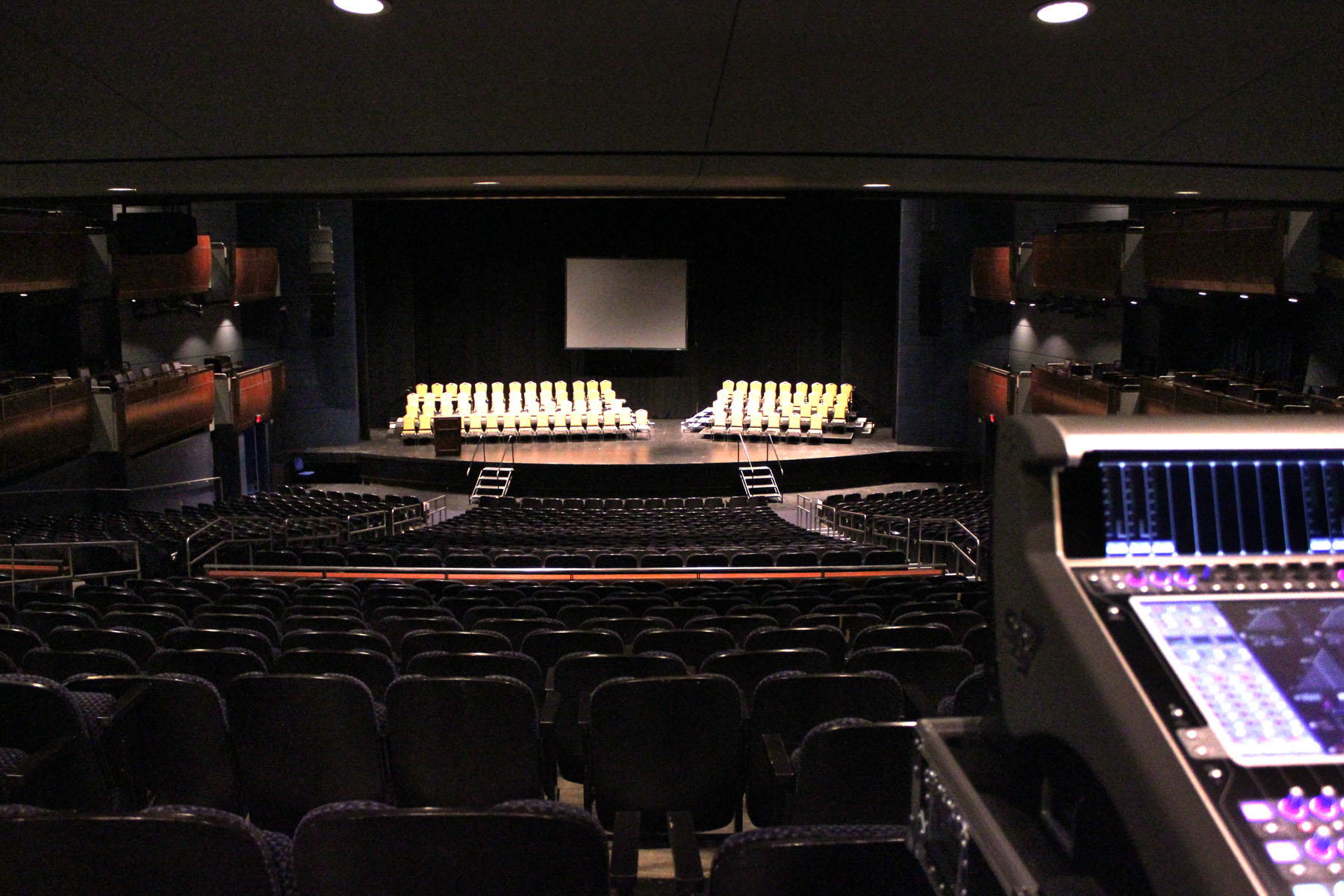
I think part of this project involved the installation of a new hearing loop system for audience members with hearing disabilities.
That was a huge undertaking to put a hearing loop in a venue like that for several reasons. One: Because it’s large. Two: There’s no carpet, really, or anything to hide the wire underneath the seating area. Three: There’s a lot of concrete and steel so it was a pretty challenging task to try to loop that room. But they were adamant about doing it, which we thought was really great. So we worked with Listen Technologies to design that system and then a local contractor called Assist2Hear did the installation.
You also specified a DiGiCo SD7T mixer for the main house and an SD5 I think for the monitor mix. Was that something that was preferred by the venue sound people?
Matt Anderson, who is the A1 at the venue was pretty adamant about going with a DiGiCo system. A lot of that was about making the venue rider-friendly and talking to acts that would come through the venue and asking what they’d like to see there. The SD7T is one of the most common consoles that came through on all the Broadway tours. They have a ton of capabilities and DiGiCo continues to update the console through firmware updates and even some hardware updates to extend those capabilities. So it seems to be a really popular console. And luckily for us and for the venue that we had the budget to be able to get it.
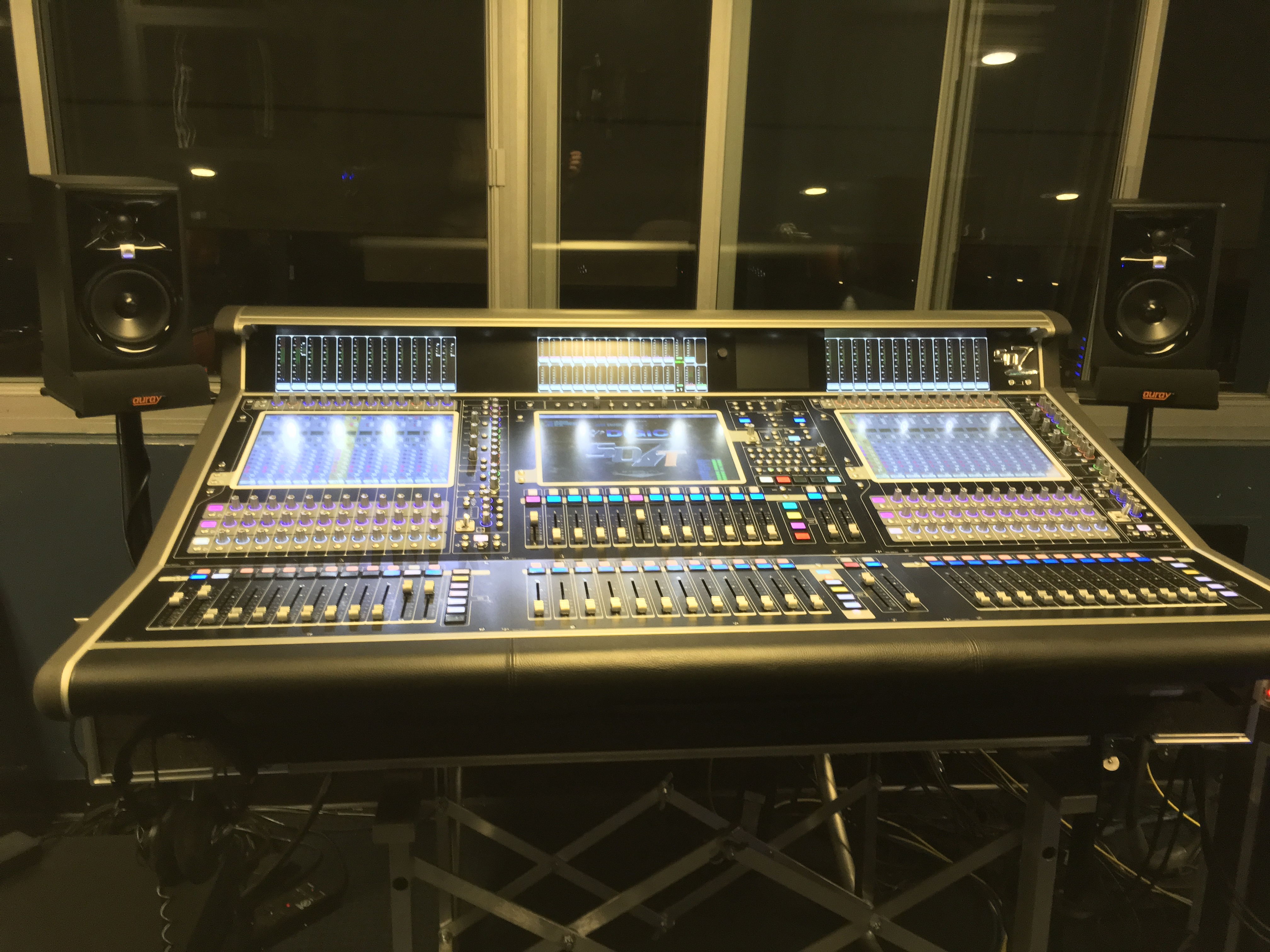
You mentioned you wanted to make the system rider-friendly and versatile. One of the most versatile aspects is to have everything go everywhere and be able to connect sound sources to destinations without running patch cables around. So tell me about the Optocore fiber network. Did you have to run all the fiber?
It’s all new fiber. One of the things we really wanted to do is take advantage of the way DiGiCo uses the Optocore fiber network. Optocore employs a ring network topology, which means that you have to connect every device to each other through a ring—basic daisy chaining. Well, that can get complicated in installations when you have lots of different locations where they might want to put the console or put different IO racks and things like that. With the rate at which they do events in there, and the fast turnover, we tried to make this as simple as possible. So we ended up putting in a piece by a company called BroaMan, which is a sister company of Optocore. They make something called a Route 66. They have a particular version that’s specific to Optocore. And so you have all these fiber nodes around the room that are just connected to that router and as soon as you plug in a DiGiCo device it recognizes it and it creates that ring for you, so you really don’t do any patching at all. You just plug in a stage box and it shows up on your console. They have two SD Nano Racks, two SD Mini Racks, and two SD racks and then two consoles with the ability to add more racks or consoles if they want to.

I don’t know how much the symphony would use them but the design includes a Shure Axient digital wireless mic system. Did you specify that or was it existing equipment?
That’s something we specified. It was originally specified as a UHF-R system from Shure. We got a release during the middle of the installation that Shure was going to be discontinuing that so we ended up replacing that with the Shure Axient digital system. That’s the first time we’ve used that system on a project and so far it’s worked flawlessly.

Did you have to install a new antenna system?
Yeah. We were already installing a new antenna system so that ended up being okay because we didn’t have to make too many changes. The only changes we had to make is the Axient receivers all have AES and analog output as well as Dante and so we ended up putting a Nano Rack in there with AES cards instead of analog, which ended up sounding a lot nicer.
It’s always a little dicey installing a new wireless mic system these days with all of the spectrum changes that have been going on.
Yeah, that’s true. Typically on installations we encourage them to only buy as much as they really need for that exact reason and to try and budget renting anything for really large events. So there are just 10 channels of wireless mics and anything really large they would rent. That’s the direction we’ve been going lately because it’s hard to make such a big investment and then a year or two from now learn that that spectrum has been sold off.
Once you had everything in place, how much of a process was getting it all ready to use?
It’s been an ongoing and a long process and we’ll continue to go down there a couple more times. The way that we typically do things is the contractor does all their testing and provides us with a report that says everything is good and connected. And then we’ll go down there and do our own testing and configuration. We actually do all the programming. That’s one thing I haven’t mentioned yet is that we redid the backstage and lobby systems as well and we used a QSC Q-SYS system. We used their Core 510 as the DSP processor for those backstage and lobby systems, as well as paging from the theater to the backstage and lobby. We then used another 510 as a headend matrix for the main speaker system.
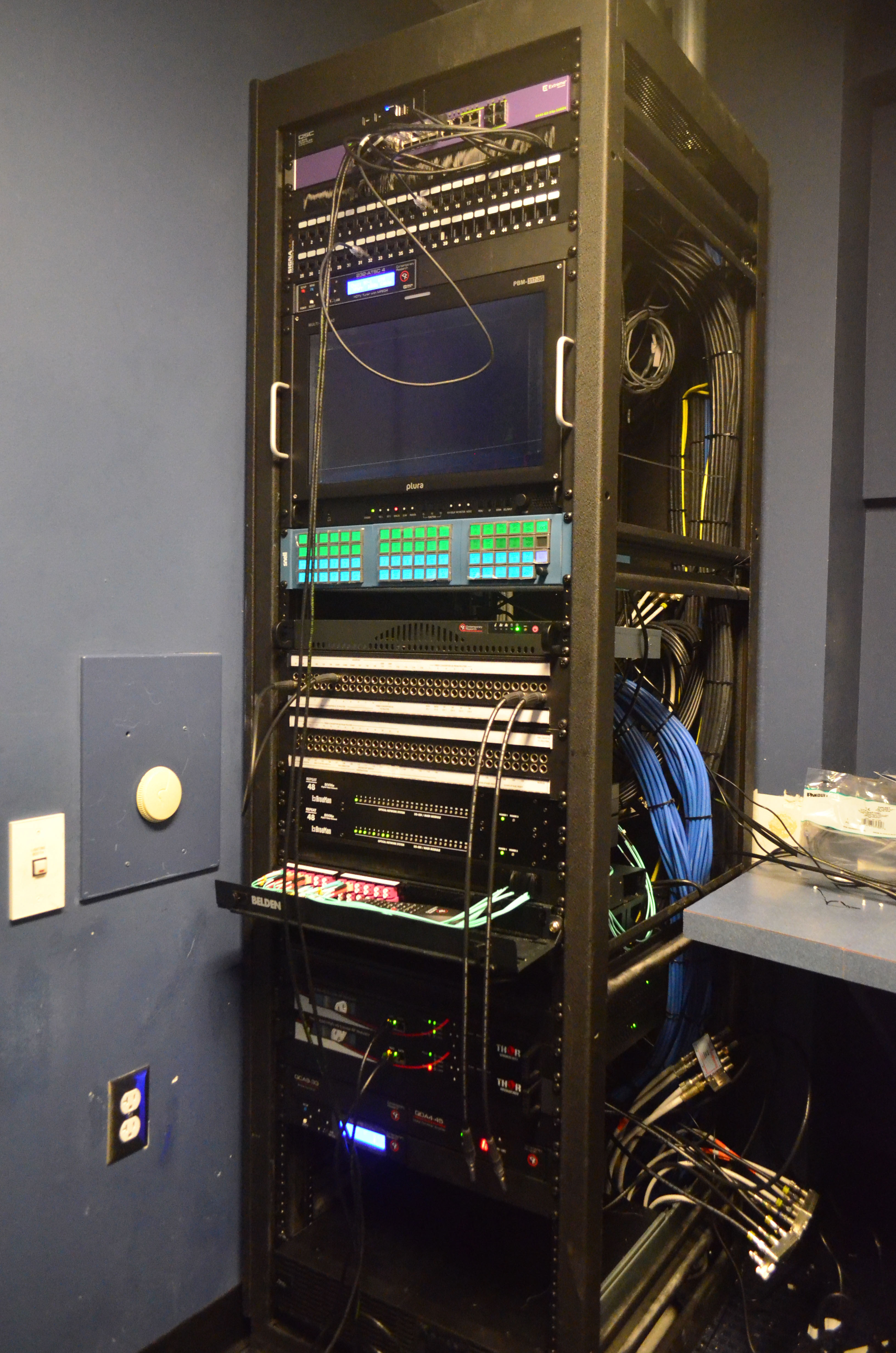
OK, maintaining the versatility.
Yeah, exactly. We have something in there that anyone can connect to. Anyone that comes through has a pretty simple and easy-to-use matrix and can reroute things however the production wants to.

So what was your biggest challenge?
Really the most challenging aspect of this job has been the timeline and the schedule. We knew that going in and it’s proven to be just as difficult as we thought it would be. It’s always hard when doing a renovation of a venue while they continue to hold events and performances during that renovation. Now as the consultant, it’s a little less challenging for me than the guys actually in the field doing the work because they’re the ones having to work the late hours and work around the event schedules. It was a huge undertaking and the city knew it—they set a really aggressive timeline and schedule.
So now that you have that pretty well nailed down, what else is coming up for Akustiks?
Right here in New York City is something called The Shed. It’s a large cultural arts center with this really large retractable structure on train rails that can roll out over a plaza to do events and concerts and theater and anything you can imagine artistically in this enclosed outdoor space. It also has a couple of large galleries and a theater—it’s a large undertaking. That’s in construction right now and I think that’ll be opening up in 2019.


